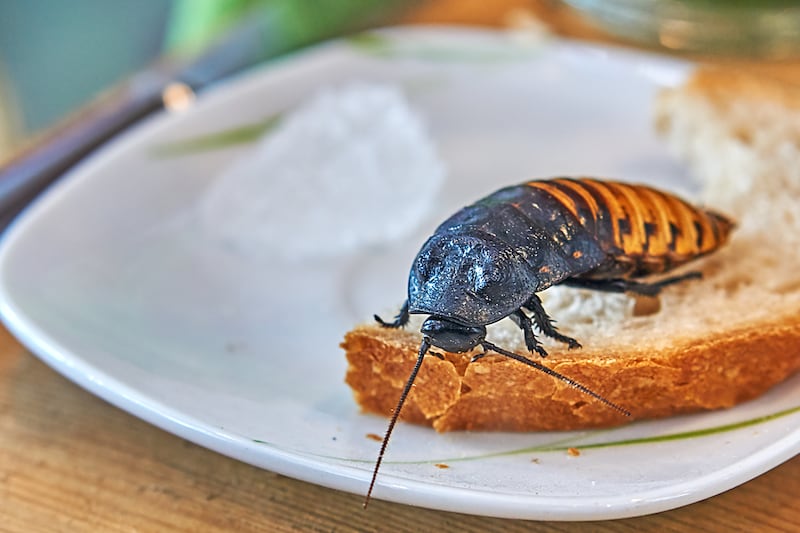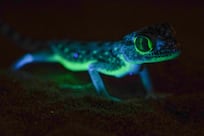A public toilet. A nasal snort followed by a loogie. Fungus on food. Wet bread.
If this were a game of Connections, the category would be “Things that are gross”. While I find myself physically (and mentally) cringing as I write these phrases, none come close to inspiring the visceral reaction I have upon seeing an insect scuttle by or, worse, take flight.
My body attempts to contort into itself as if I want to close off every one of my five senses. Then I either remove myself from the situation or try to find a way of removing the insect from the situation, usually via slipper.
I’m not alone in my response, though. The sudden buzz of a fly has most people flapping their hands wildly as if attempting to ward off an evil spirit. Seeing a wall or ceiling-hugger has others running quickly past or under, as if their mere shadow might prompt the insect to launch an aerial attack. Still others pick the fight response, choosing to squash the danger.
But here’s the bug-zillion dollar question: Why do creepy-crawlies cause us to react this way?
'Survival of the scaredest'
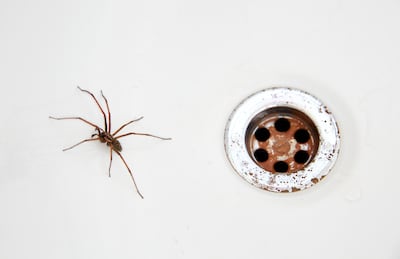
Our fear of insects can be down to an anxious evolutionary trait. Let me pre-empt this theory by stating a fact – bugs can be dangerous.
We have ticks with Lyme disease, poisonous Maricopa harvester ants, bee allergies and mosquitoes that can carry anything from dengue and malaria to Zika and the West Nile virus. Mosquitoes alone are the cause of death for more than half a million people annually, and the first reported cases of these deaths can be traced back to the 1600s.
Even when our ancestors didn’t know the science behind bugs that kill, they knew enough to understand the potential danger and, in turn, the need to exercise caution. To borrow the words of writer and entomologist Jeffrey Lockwood, it was about the “survival of the scaredest”.
Evolutionary psychologists hypothesise that anxiety has been passed down through generations, and that our physical and psychological predispositions are a result of the actions our ancestors took to survive.
A study published in the Journal of Experimental Psychology supports that hypothesis. Participants were shown various images of flora and fauna in a grid pattern and asked to identify the pictures. They found fear-relevant pictures (snakes and spiders) far quicker than fear-irrelevant pictures (flowers and mushrooms), showing a heightened response to identifying potential threats.
There is something to be said about living life with a healthy dose of anxiety, then, and it’s all thanks to an ancestor who, at some point, had a showdown with a bunch of bugs and essentially passed down an evolutionary aversion that is now keeping us safe.
Live and learn (your fears)
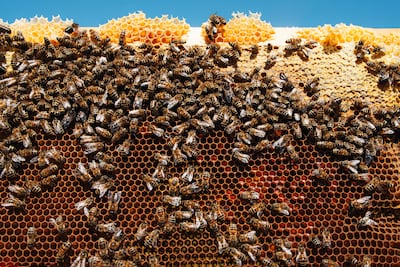
If we aren’t born with this fear, chances are we learn it.
“We can learn to fear bugs even as infants, through our surroundings, observations, experiences and even being taught to avert,” says Dr Aida Suhaimi, clinical psychologist at Camali Clinic – Medcare Medical Centre Jumeirah.
She shares an example of a mother passing on a fear of cockroaches to her child by exhibiting fear responses or sharing frequent warnings. Real-life examples aside, the media also pushes a specific narrative when it comes to bugs.
Think back to Fear Factor’s Coffin of Fear when Alison Sweeney was covered in worms, cockroaches and snakes. The scarab attack scene from The Mummy. Giant locusts in Jurassic World. Over and over, movies make use of bugs to portray horror and foster fear. Even religious texts have references that are decidedly not good tidings. Think locusts and hornets.
When we do see “loveable” iterations of bugs, they’re humanised by being able to speak, wear clothes and walk on two legs. Their bug-like features, too, are softened for easier palatability. Think Bee Movie, Ant Bully and A Bug's Life.
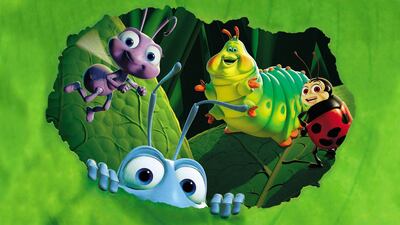
Another aspect to consider is how urbanised most human living has become in the past few decades, and its impact on our psyche. We’ve moved from living in nature-based settings to a concrete jungle. Our surroundings are tightly guarded against all sorts of elements, bugs included, and we essentially create what we consider to be a “safe space”.
So when an insect ends up creeping and crawling its way inside, it’s seen as an invasion or encroachment. An uninvited and unwanted guest, weaselling its way into your space, not only surprises you, but also serves as a reminder that we have no control even in a space designed to be in our control.
Dr Suhaimi explains our response can vary depending on where we find ourselves confronted. “Being indoors, we have fewer ‘opportunities’ to meet bugs, but when we do, we may experience a more heightened fear response.”
Just plain grossed out
If the popularity of #CleanTok is anything to go by, we as a people detest filth and messiness. Bugs, as we know, are often found teeming in such places. An aversion based on this association is our disgust response acting up.
Researchers at Georgia Tech University found that the strongest neurological reaction elicited by bugs is disgust. It’s a result borne of a mix of things, from social conditioning and negative connotations to understanding their disease-carrying potential and, unfortunately, judging the book by its spindly, slimy, antennaed cover.
Call it an intuitive sense of revulsion, similar to the intuitive fear we experience when faced with darkness. It’s the “what if?” of it all. What if it’s carrying a disease? What if it bites me? What if there are more? What if it crawls over me and I’m not aware? Our brain is wired to create much of our fear through imagination rather than experience.
As Lockwood noted in an interview with Popular Science: “Think of our fear and disgust of insects as being a conspiracy of evolution and culture.”
Perhaps this means that our emotional responses are as capable of being dismantled as they are of being honed … within reason. It’s a matter of striking the right balance between understanding why we respond to bugs the way we do and still acknowledging that the freshly acquired dose of knowledge shouldn’t come in the way of the cautionary response our ancestors spent generations crafting.
